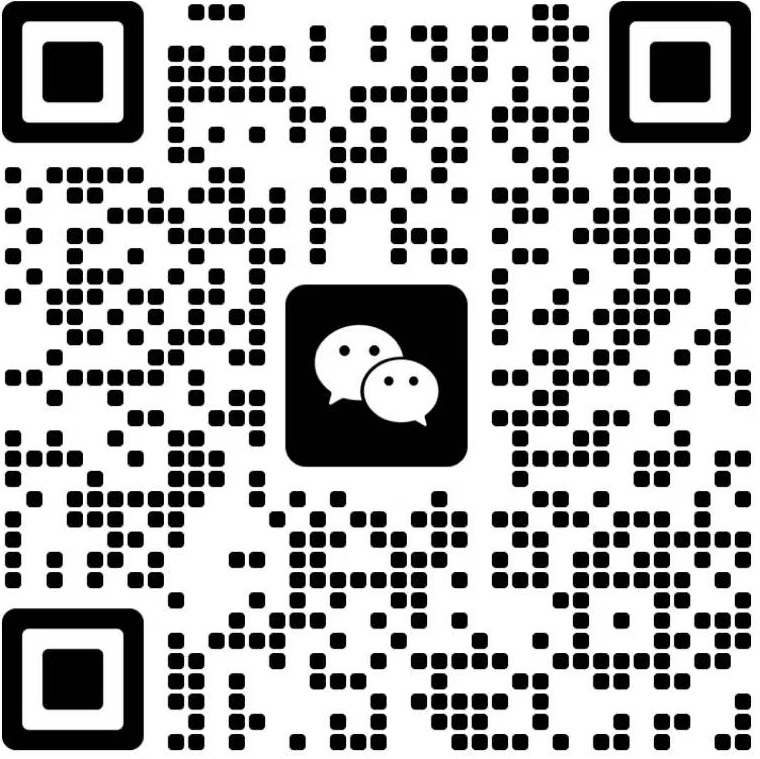Proximity switch; It is mainly used for industrial automation and semi-automatic control system to realize speed and position, limit position detection and counting control. It is a new type of sensor switch element, and it does not detect mechanical contact in object link at all. When the object approaches the detection distance of the switch, the switch control signal is sent.
Proximity switch, also known as proximity sensor and non-contact travel switch, not only completes travel control and limit protection, or non-contact detection device, which is used to detect the size and speed of parts, but also can be used for further frequency counter, motor frequency conversion control, mechanical drive position control and automatic processing program and connection. Stable, long life, low power consumption, high positioning accuracy, high frequency response, waterproof and dustproof IP67 protective oil, suitable for working environment, etc.
(1) The proximity switch has the difference between two wire and three wire system. The two wire is close to the AC and DC switching voltage (DC) power supply. The three wire proximity switch is divided into NPN and PNP and their connection modes are different. I also have four production lines for product production. The four line system is based on the three line system to realize the normally open (NO) and normally closed (NC) dual signal sides, reducing inventory and costs for customers.
(2) The method of two lines is relatively simple. After the proximity switch is connected in series with the load, it can be connected to the power supply. The DC power supply product needs a dividend (brown) wire to connect to the positive end of the power supply, and the blue (black) wire to connect to the power supply 0V (negative). The AC power supply is unnecessary.
(3) Three wire or four wire proximity switch terminal: brown (BN) wire is connected to the positive end of power supply (+); The blue line (BU) is connected to the 0V power supply (negative); Black wire (BK) or white wire (WH) signal terminals shall be connected to the load.
(4) The three wire or four wire connection is as follows: except that the load is connected to one end of the switch signal, which is a NPN type proximity switch, the other end of the load should be connected to the positive end of the power supply (+); PNP type proximity switch, the other end of the load shall be connected to the 0V (negative) side of the power supply. (5) The load of proximity switch can be a signal lamp, relay coil, and a PLC digital input module.
(5) The load of proximity switch can be a signal lamp, relay coil, and a PLC digital input module.
(6) The type of three wire or four wire proximity switch that requires special attention to the PLC is selected by the PLC digital input module.
The other is the common input terminal on the positive power supply side, which inputs the current from the module (European mode). At this point, we must choose PNP proximity switch. Don't make a mistake!
(7) Two wire proximity switch is subject to operating conditions. When the switch itself generates a certain voltage drop, a certain residual leakage current exceeds the cut-off time. Although the three wire proximity switch is more than one line, there is no residual leakage current and other adverse factors, making the operation more stable and reliable. Proximity switch leads have brown lines, blue lines and black lines. DC type brown is positive, blue is negative, and black is output. When the three wire PNP is normally open, the black wire voltage is the power supply voltage when there is no induction (DC gear of multimeter, red pen connected to brown wire, black pen connected to black wire). When there is induction, the voltage of the black wire (the red pen of the multimeter is connected to the positive electrode) is about 0v. (At this time, the corresponding plc or other equipment input terminal indicator should respond). Of course, the voltage between brown lines and blue lines is the power supply voltage. The voltage between brown lines of normally closed black lines is opposite to that of normally open ones. DC NPN normally open type (the black pen in the Dc gear of the multimeter is connected to the blue wire and the red pen is connected to the black wire), the voltage of the non inductive black wire (and the blue wire) is the power supply voltage, and the inductive voltage is about 0v. NPN normally closed black line voltage is opposite to that of normally closed type. DC two-wire proximity switch. After the normally open serial load, the two-wire voltage is close to the power voltage when there is no induction, and close to 0v when there is induction. Normally closed but opposite. Pay special attention to the matching of its load current, because the transistor output current is limited.
18102085588
whwz2022@163.com


Copyright © WHZIK All Rights Reserved.
浙ICP备2022032247号